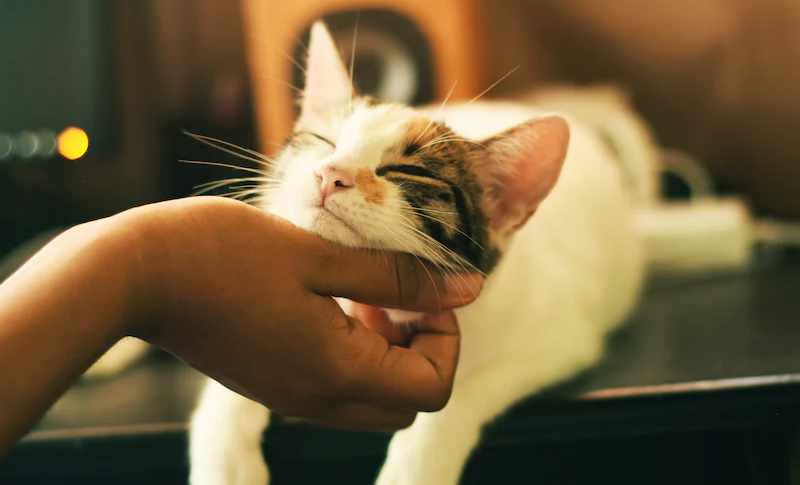
When it comes to identifying your cat, there are many different options available. At Country Boarding for Cats and Dogs, we will take a look at some of the most common forms of identification, and compare them to microchipping. We hope you find this article interesting and helpful.
1. Collars with ID Tags
One of the most common forms of identification for cats is a collar with an ID tag. These tags typically include your cat’s name, your phone number, and sometimes your address. While collars with ID tags can be effective, they do have some drawbacks. For one, collars can easily fall off or get caught on something, leaving your cat without any identification. Additionally, some cats may be uncomfortable wearing a collar and may try to remove it.
2. Breakaway Collars
In comparison, breakaway collars are specifically designed to come apart if they get caught on something, which can help prevent your cat from getting injured. While breakaway collars can be effective at keeping your cat safe, they still have the same disadvantages as regular collars with ID tags.
3. GPS Tracking Devices
Did you know that many cat owners today are also using GPS tracking devices? This is true! Unlike microchips, GPS trackers for cats offer you real-time GPS location information about your cat directly to your smartphone or tablet device. GPS tracking devices can be a great way to keep tabs on your cat’s whereabouts, but they are not a form of identification. While a GPS tracker can help you locate your cat if they go missing, it won’t help someone else identify your cat if they are found.
4. Microchipping
Microchipping involves injecting a small chip under your cat’s skin, which contains a unique identification number. This number is then registered with a database, which can be accessed by vets, shelters, and other animal welfare organisations. If your cat is found, they can be scanned for the chip and the identification number can be used to locate you. Compared to other forms of identification, microchipping is generally considered to be the most effective. It is a permanent form of identification, which means that your cat will always have a way to be identified, even if they lose their collar or tag. Additionally, microchipping is a quick and painless procedure, and can be done by your vet in just a few minutes.
IMPORTANT: It may soon become a legal requirement for the keeper of a cat over the age of 20 weeks, to have it microchipped.
Closing thoughts…
We hope you found this article helpful. Overall, there are many different forms of identification available for cats, but microchipping is generally considered to be the most effective. If you are interested learning more about the process of microchipping your cat, we advise you to speak to your local qualified vet who will be more than happy to give you any additional information you may need.
If you are also interested in boarding your cat with us please contact a friendly member of our team today. Our luxury cattery is removed from our dog kennels, and your cat can have their own comfortable room, or family sized room, heated by a radiator on request.